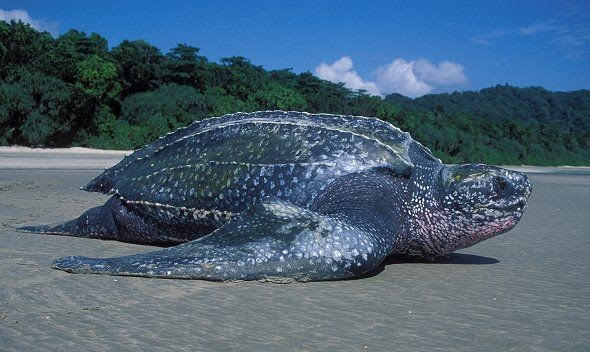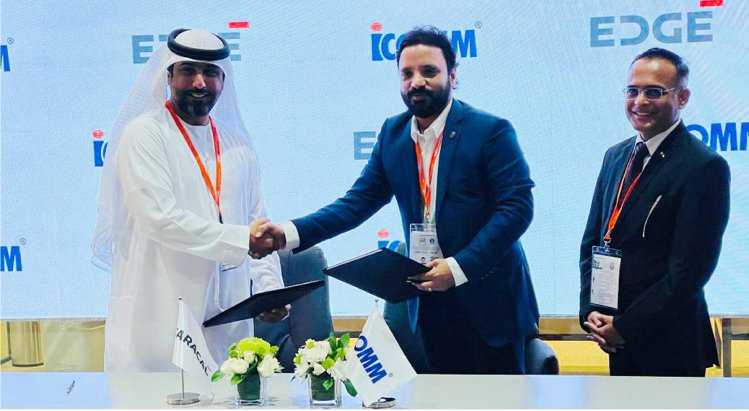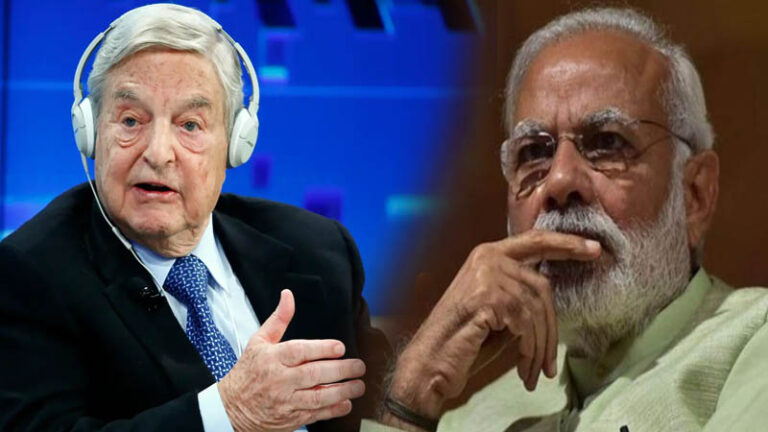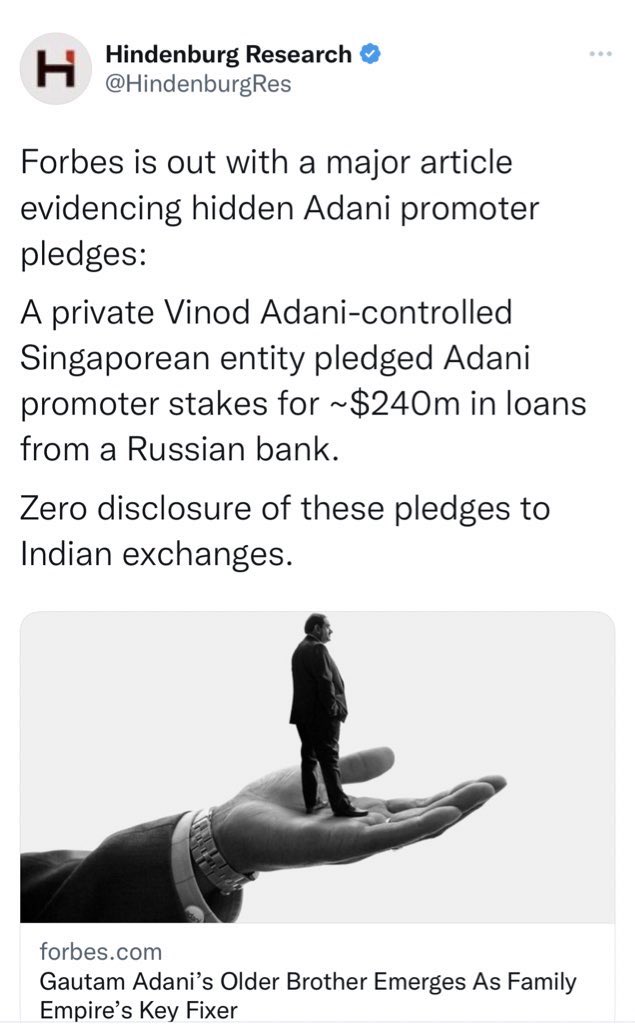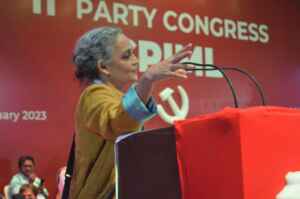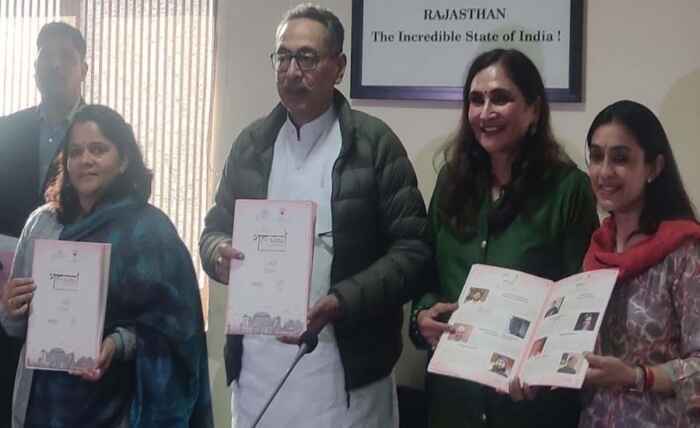Recently trafficking of turtles has been crucially increased and this matter seeks our grave concern regarding their protection. A report published by the Non-government organization TRAFFIC India indicates that at least 1,11,310 tortoises and freshwater turtles were smuggled from September 2009 to September 2019 for their tasty meat, ornamental value, and good luck charms. Along with this Environmental Pollution causes massive damage to their natural habitats.
Now the lives of Giant Leatherback Turtles are in great distress because their three natural nesting sites on the beaches in Andaman and Nicobar Islands are under threat due to the mega-development projects to be completed soon. There are 360 living species in the world and India has only 29 of them. The Giant Leatherback Turtle is the largest of the seven species of sea turtles, found in all oceans except the Arctic and the Antarctic. Other species are, Loggerhead, Green, Hawksbill, Kemp’s Ridley, Flatback and Olive Ridley turtles.
The Leatherback, is the largest of all living turtles, they are almost 8.9 feet tall and weigh almost 500 kilograms. This hidden-necked turtle primarily lives in the open ocean with its dark grey or black-coloured body having oily flesh and flexible leather-like skin.
This animal belongs to the Animalia kingdom, Reptilia Class and Dermochelyidae family described by Italian naturalist Domenico Agostino Vandelli in 1761. In 1816, French herpetologist Henry Marie Ducrotay de Blainville gave its scientific name Dermochelys Coriacea. They eat jellyfish, hydrozoa, squid, octopus, cuttlefish, snails, sea urchins, and fish. They live up to 30-100 years and the females lay eggs on the beaches and create 26000-43000 nests globally every year.
In the Indian Ocean, Leatherback’s population generally remains unassessed and unevaluated. But India’s National Marine Turtle Action Plan released in February 2021 implies that the Galathea Bay area of Andaman and Nicobar Islands is an “Important Marine Turtle Habitat in India.”
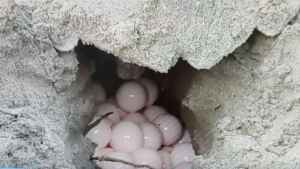
Within the Indian Ocean, these Turtles nest only in Indonesia, Sri Lanka, and Andaman & Nicobar islands of India. Now, development projects for building international airports, transhipment ports, Greenfield townships, and power plants at the Galathea, Campbell bay under the Holistic Development project of Andaman & Nicobar island seed threats to the biodiversity of that region.
Firstly, the standing committee of the National Board of Wildlife and the Wildlife Institute of India objected to the Environmental Impact Assessment reports and later, the Ministry of Environment, Forest and Climate change eased the norms last November to approve the project. Experts believe that it is going to crevasse the marine ecosystem and leatherback is the main victim.
Leatherbacks are migratory animals and the beach area on little Andaman and great Nicobar island is a hotbed for their natural nesting. Due to these infrastructure projects the air, the soil, and the water will get polluted and these turtles will often feed on plastic flakes in the water that look like jellyfish. As they eat plastic and other riverine debris, their digestive system weakens, and nutrition gain slows down. In polluted water, female turtles can’t signal their pheromones to the males for mating. Eggs have been prayed for by Ghost crabs, monitor lizards, raccoons, coatis, dogs, coyotes, genets, mongoose and shore birds. There are problems due to malabsorption and chemical pollution. Streetlights, lights from buildings, offices, and lights from other sources are major threats to hatching as the Hatchlings become disoriented toward the light. Thus their lives and livelihoods are in crisis!

A study of Sea turtles in the southern Nicobar Islands by Manjula Tiwari under NOAA-National Marine Fisheries Services’ Marine Turtle Ecology and Assessment program shows that the collection of beach sand for construction purposes is a great ground to detriment their nesting. Scientist Dr Pankaj Sekhsaria claims in his article published in the Frontline magazine that he believes, “This whole development project put the pristine island, its priceless biodiversity and indigenous populations as well as the huge investment in danger”. There are two national parks, one biosphere reserve, and two tribes namely Nicobares and Shopian in the Great Nicobar Islands are facing fears of extinction. Visualizing the environmental vulnerability, Dr Sekhsaria describes it as a “Nicobar Nightmare.”
To control the unnecessary destruction of nests, collection of corals and beach sand. To educate the commoners and engage the tribals in the conservation of turtles. Also to enforce the law protecting their natural habitats, lots of efforts have been taken by various organizations, persons and researchers.
NGOs like Dakshin Foundation put efforts through their Dakshin Endeavour under the leadership of Adhith Swaminathan to save these natural nesting. Regarding the conservation of sea turtles, Dr BK Mahapatra, Principal Scientist and Scientist-in-Charge (retd), ICAR-Central Institute of Fisheries Education, Kolkata, Ministry of Agriculture, GOI, notifies this Leatherback Turtle as a “keystone species”.
Dr Mahapatra mentions that they have also found in the Kalipur beach of Diglipur Forest Division. He says, “Training and awareness programs of different stakeholders for protecting and monitoring Leatherback turtles in the marine environment and on nesting beaches is an urgent need.”
Since 1980 there has been a dramatic decline in their population and Asian exploitation of turtle nests has been cited as the most significant factor for the species’ global population. The IUCN status of this species is vulnerable and also listed in Schedule I of India’s Wildlife Protection Act, 1972. So We’ve to think about it seriously.


